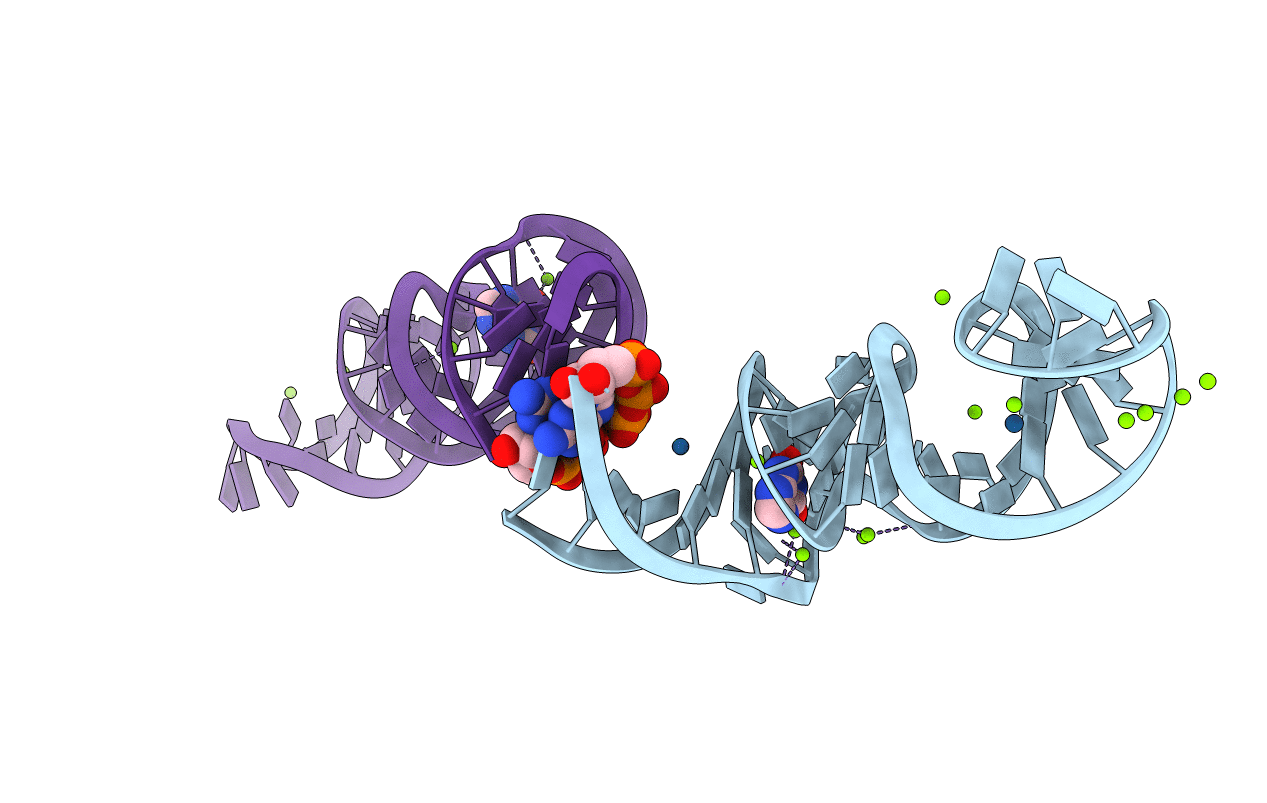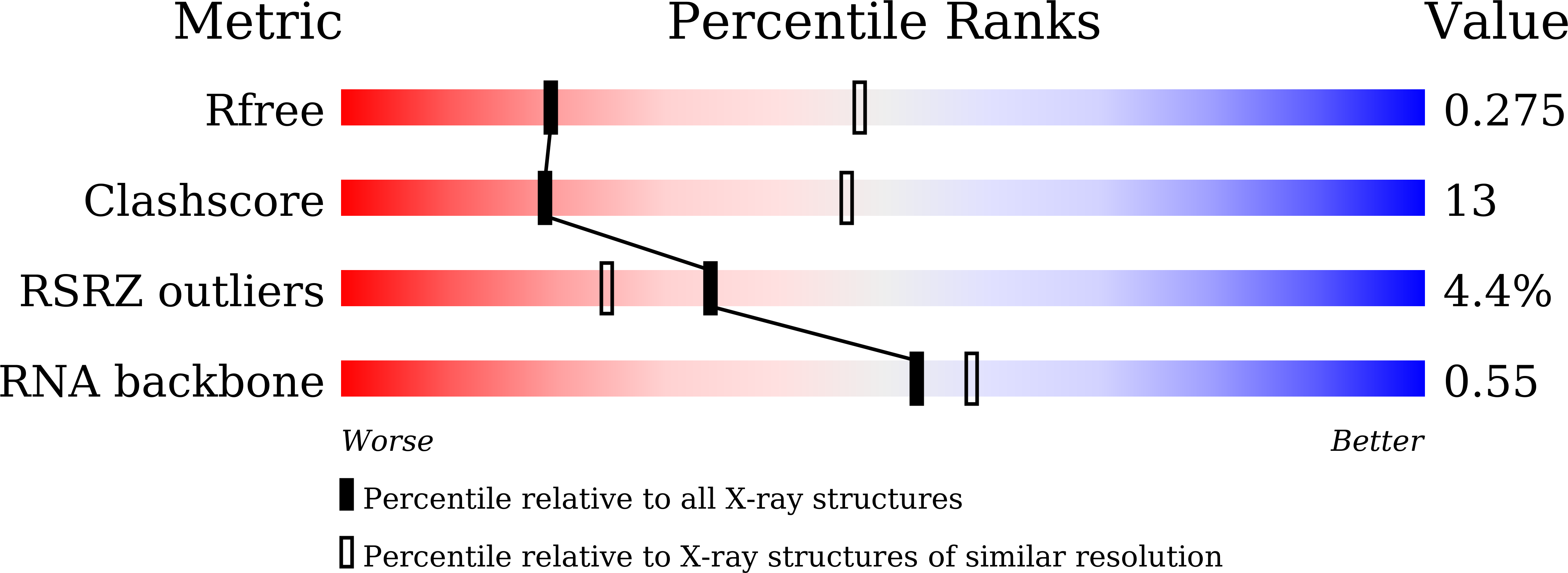
Deposition Date
2021-04-12
Release Date
2021-06-30
Last Version Date
2024-05-29
Entry Detail
PDB ID:
7ELP
Keywords:
Title:
Crystal structure of xanthine riboswitch with xanthine, iridium hexammine soak
Biological Source:
Source Organism:
Ideonella sp. B508-1 (Taxon ID: 137716)
Host Organism:
Method Details:
Experimental Method:
Resolution:
2.79 Å
R-Value Free:
0.27
R-Value Work:
0.21
R-Value Observed:
0.21
Space Group:
P 21 21 2


